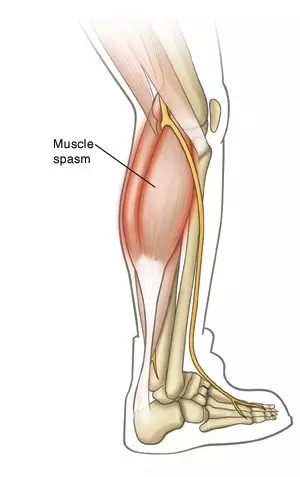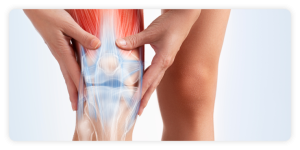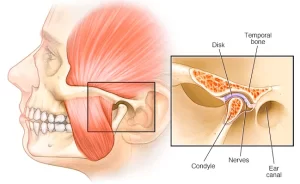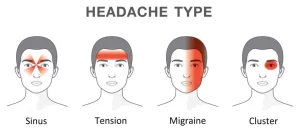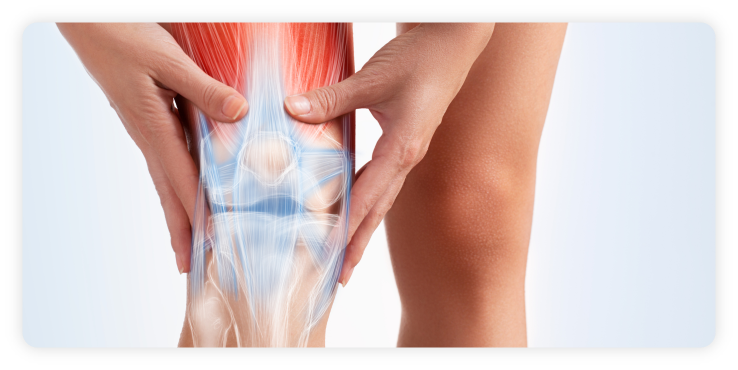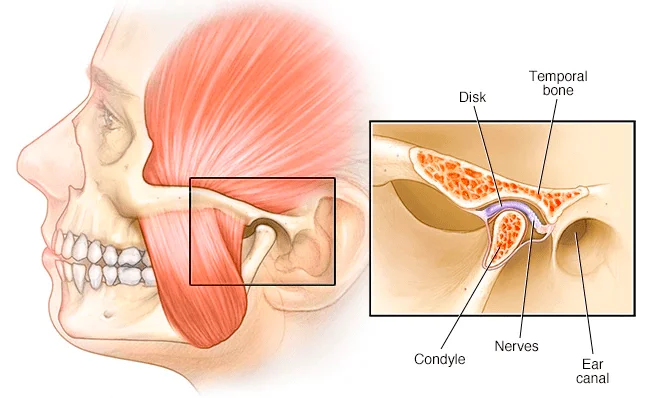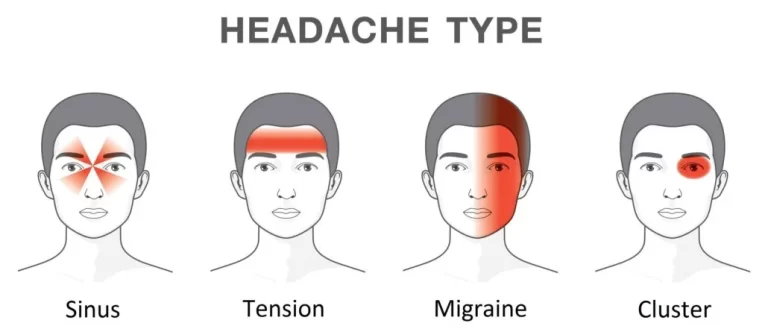What are Muscle Spasms?
A Muscle Spasm is a sudden and involuntary movement in one or more muscles. People may also call this a Charley Horse, muscle cramp, or twitch. These movements can happen in any muscle of the body and are very common. Muscle Spasms range in intensity from mild twitches to severe pain. The spastic muscle may feel harder than normal to the touch or appear visibly distorted. There may be visible signs of twitching as well. Spasms typically last up to 15 minutes or longer and may recur multiple times before going away.
What causes Muscle Spasms?
Causes of Muscle Spasms may include:
- Inadequate blood supply. Narrowing of the arteries that deliver blood to your legs can produce spasm-like pain in your legs while you are exercising. These spasms usually go away soon after exercising.
- Nerve compression. Compression of nerves in your spine (Lumbar Stenosis) also can produce spasm-like pain in your legs. The pain usually worsens the longer you walk.
- Mineral depletion. Too little Potassium, Calcium, or Magnesium in your diet can contribute to Muscle Spasms.
Risk factors of Muscle Spasms
Risk factors of Muscle Spasms may include:
- Age. Older people lose muscle mass, so the remaining muscle can get overstressed more easily.
- Dehydration. Athletes who become fatigued and dehydrated while participating in warm-weather sports, frequently develop Muscle Spasms.
- Pregnancy. Muscle Spasms also are common during pregnancy.
- Medical conditions. You might be at higher risk of Muscle Spasms if you have Diabetes, or Nerve, Liver or Thyroid disorders.
Symptoms of Muscle Spasms
Symptoms of Muscle Spasms may include:
- Muscle Spasms develops in the leg muscles, particularly in the calf.
- Sudden and sharp pain.
- Hard lump of muscle tissue beneath your skin.
Muscle Spasms Treatment
Physical therapy is recommended for treating Muscle Spasms. Treatment for alleviating Muscle Spasms will focus on determining the cause of the spasm, and then preventing the condition that causes the spasm in the first place. A personalised treatment program will then be formulated by your therapist depending on the condition of the Muscle Spasms. Manual therapy, Cryotherapy, and heat therapy may be used for treating muscle knots or trigger points. Modalities such as therapeutic ultrasound therapy and electrotherapy may be included as well. As treatment progresses, gentle stretching exercises will be taught to prevent future Muscle Spasms. If in doubt, please seek professional advice.
Check out our popular articles: Diastasis Recti, Tight Back Muscles, Irritable Bowel Syndrome (IBS), Temporomandibular Joint (TMJ) Dysfunction, Tennis Elbow, Wrist Tendon Injury, Sciatica, Whiplash, Hernia, Herniated Disc (Slipped Disc).
